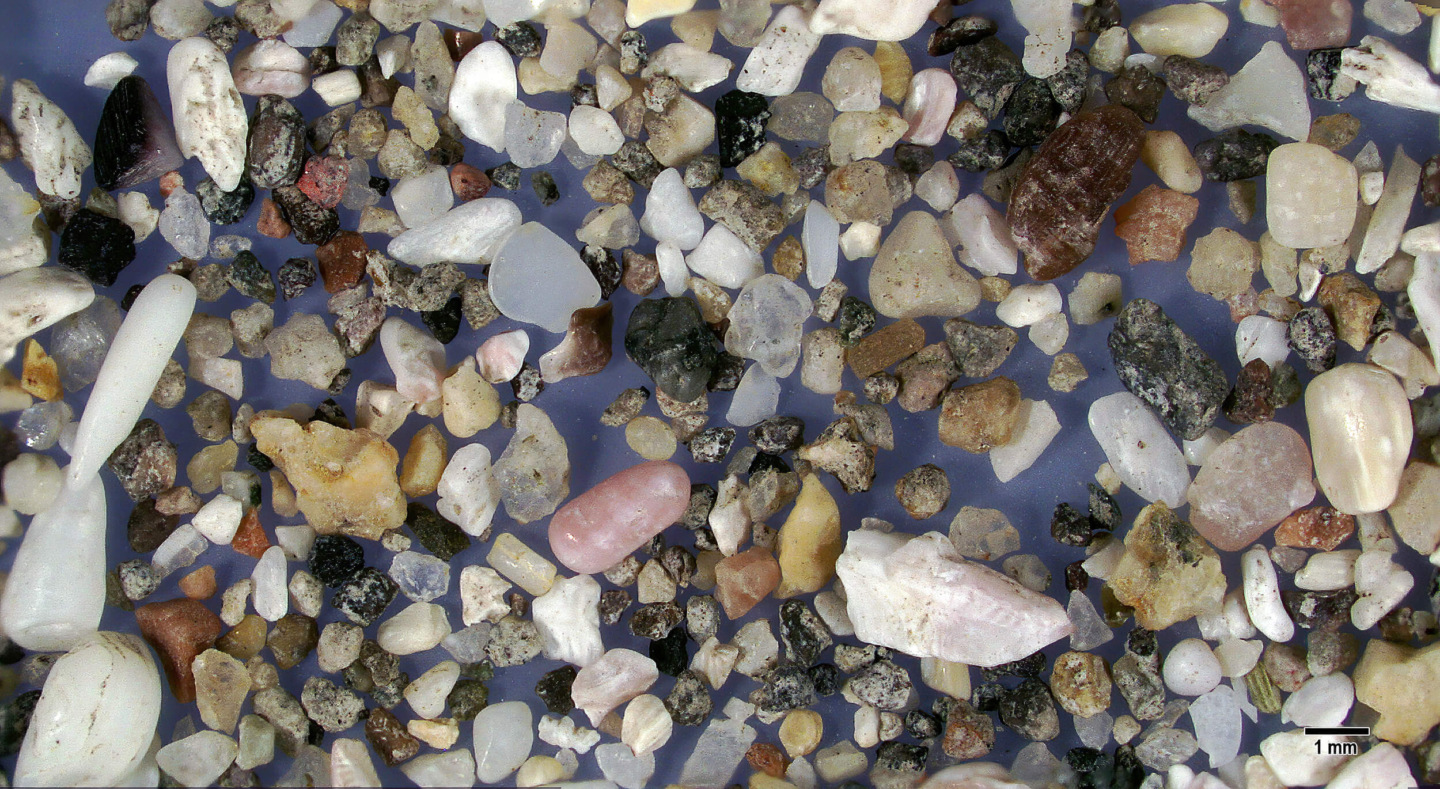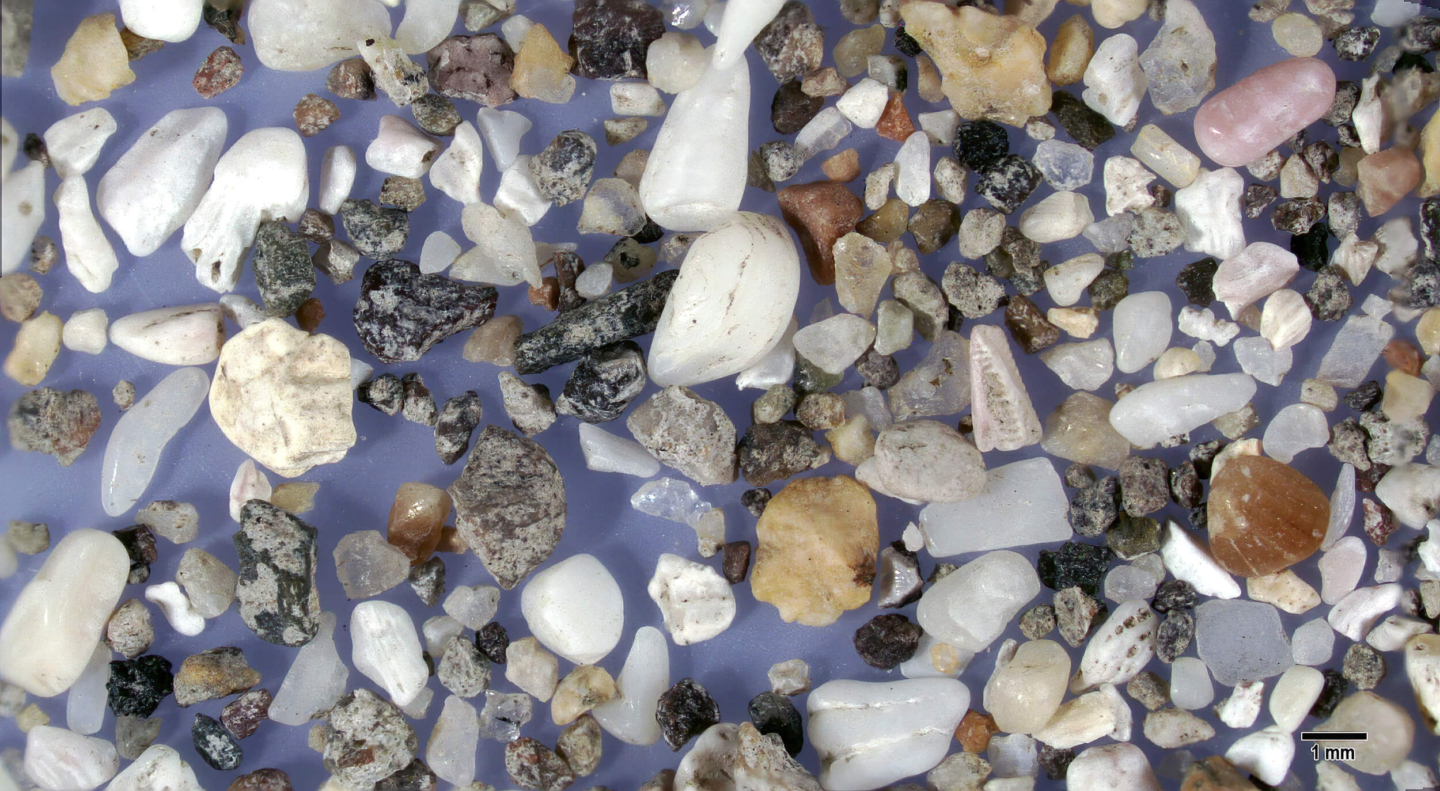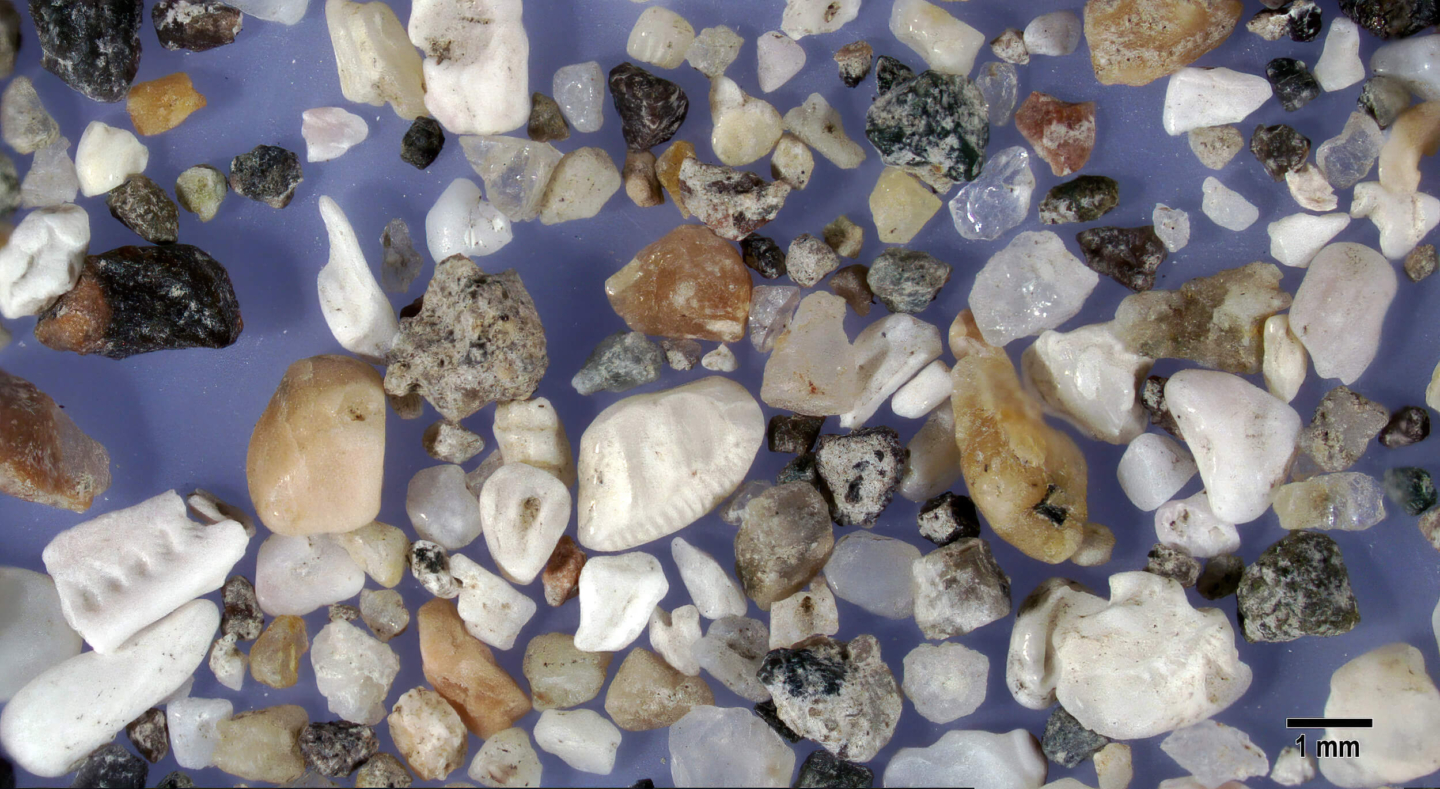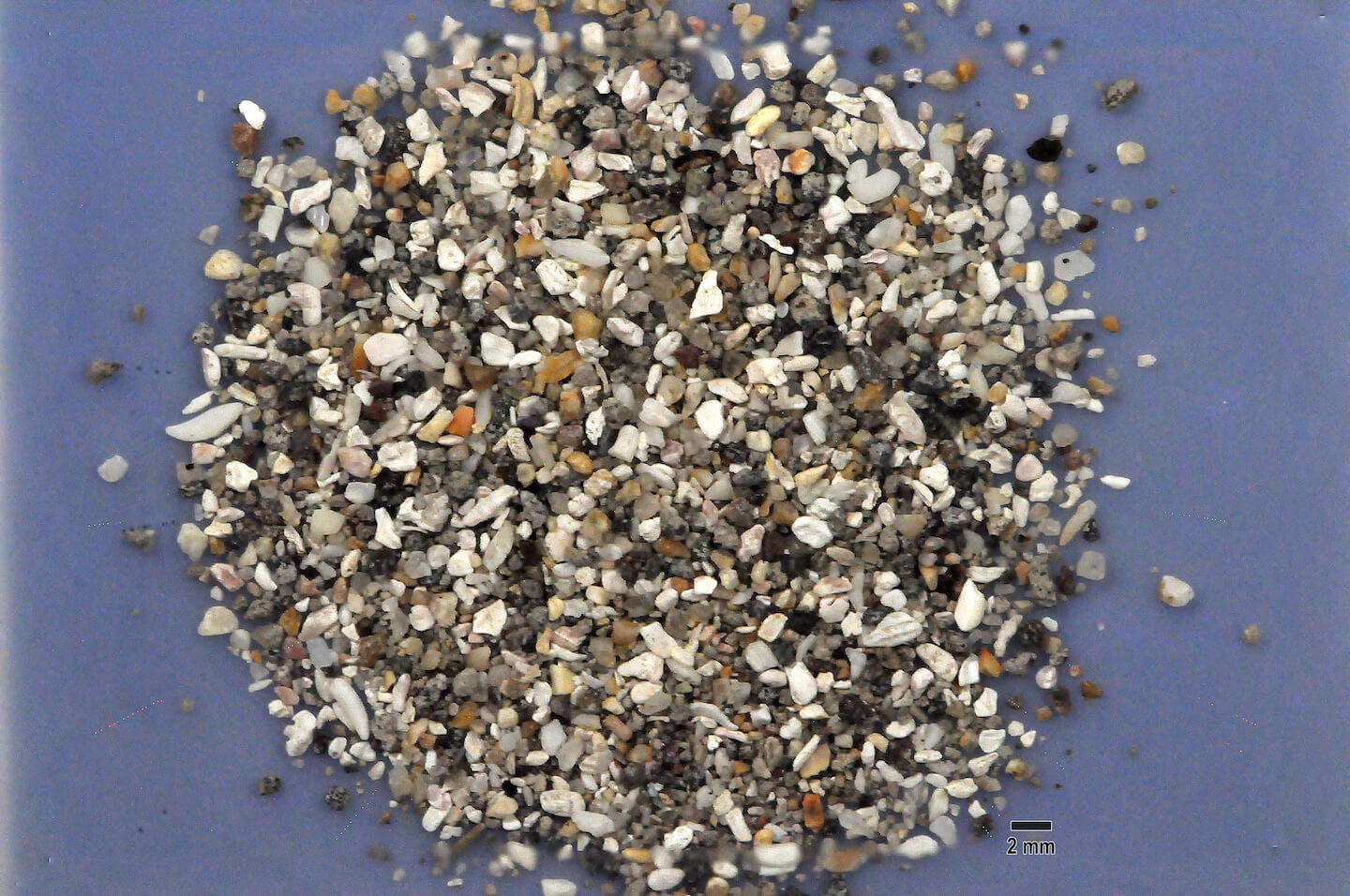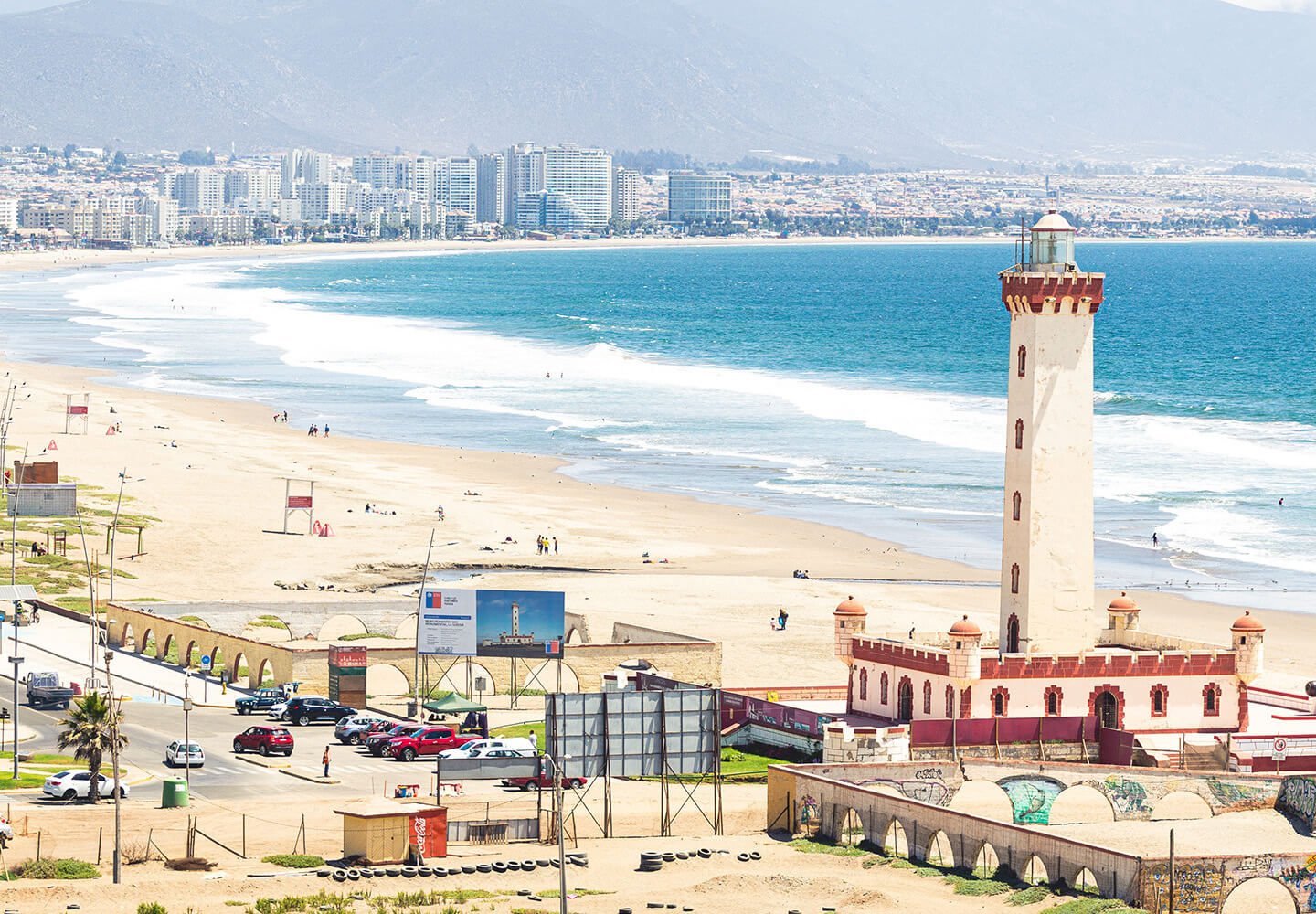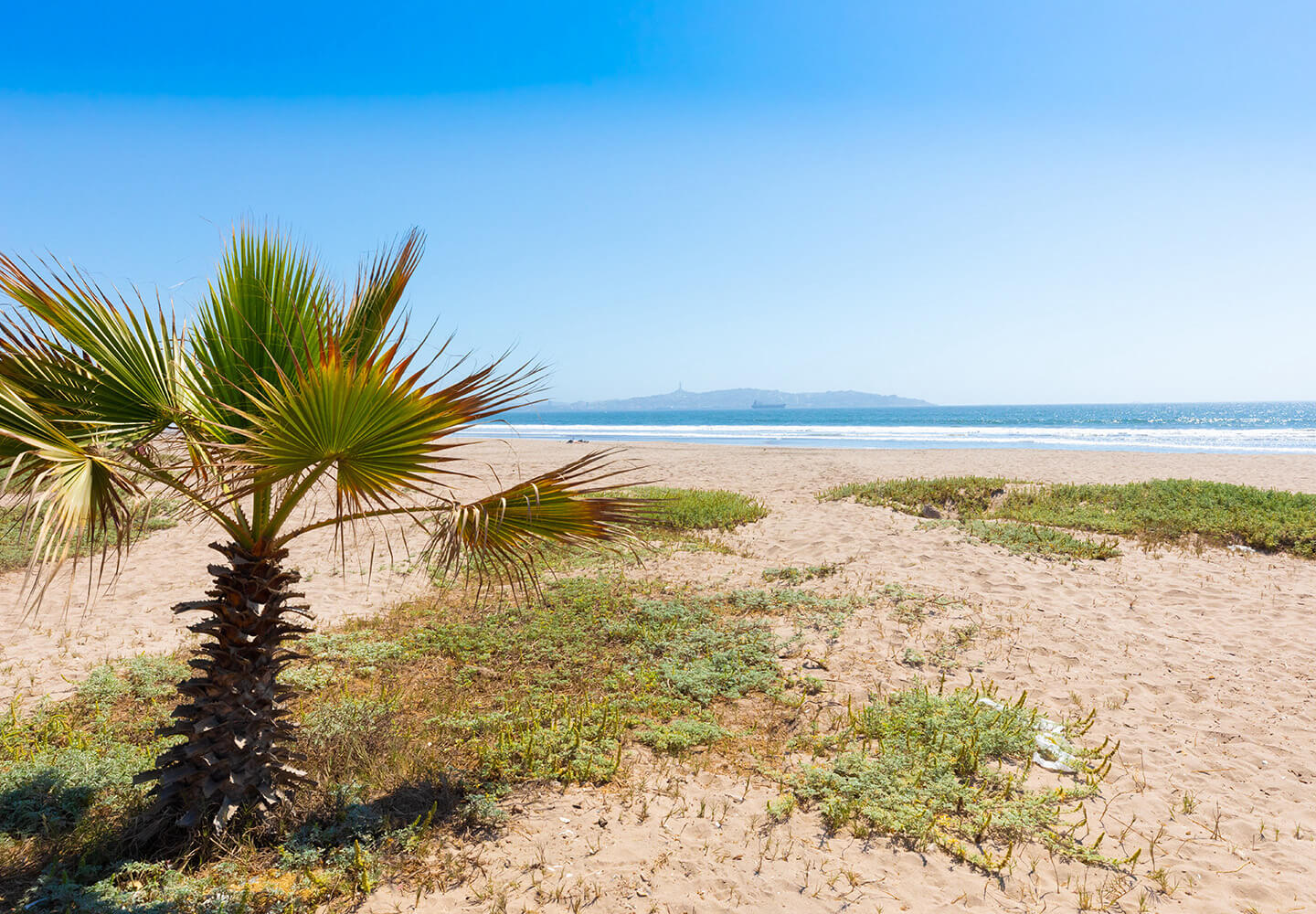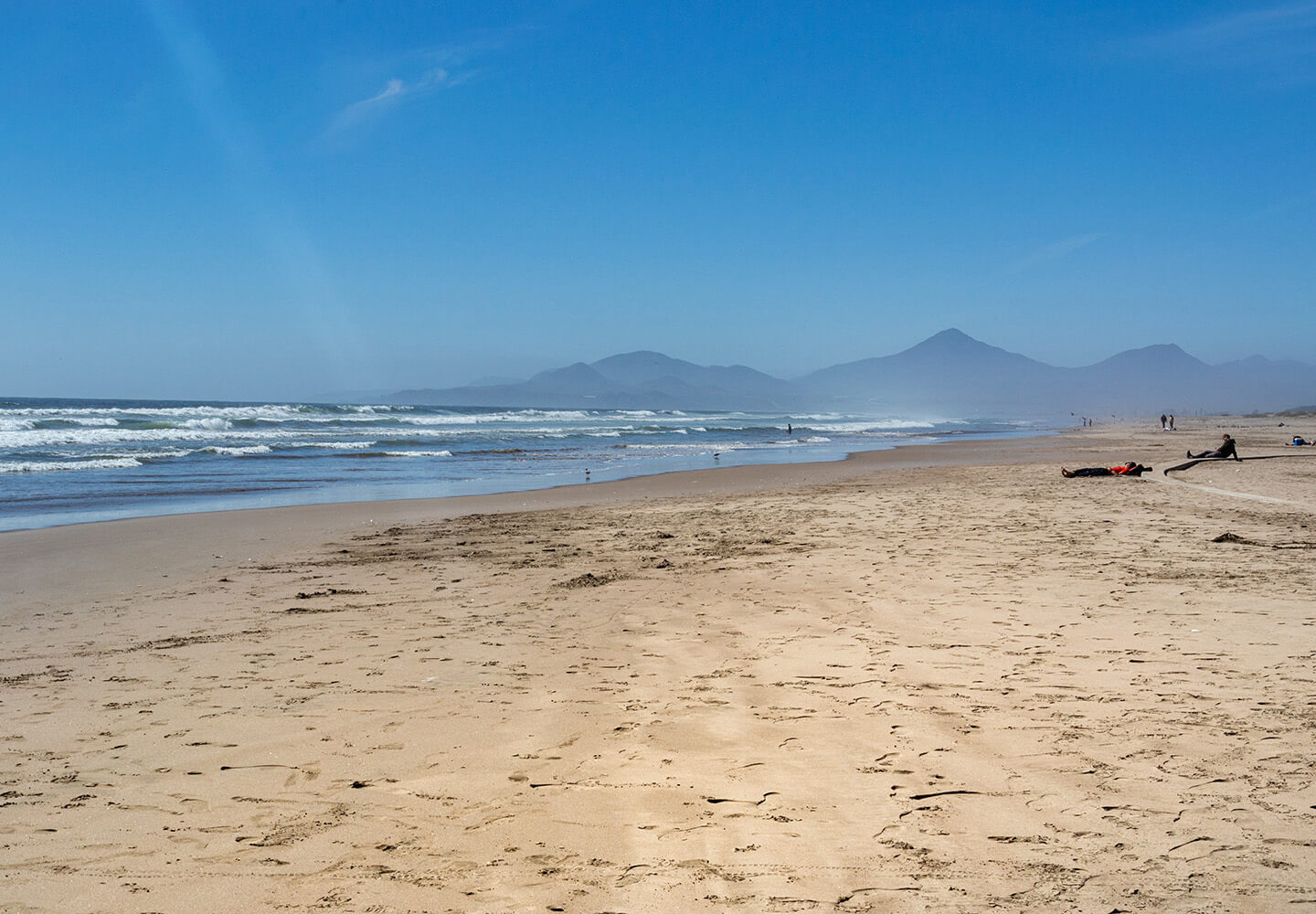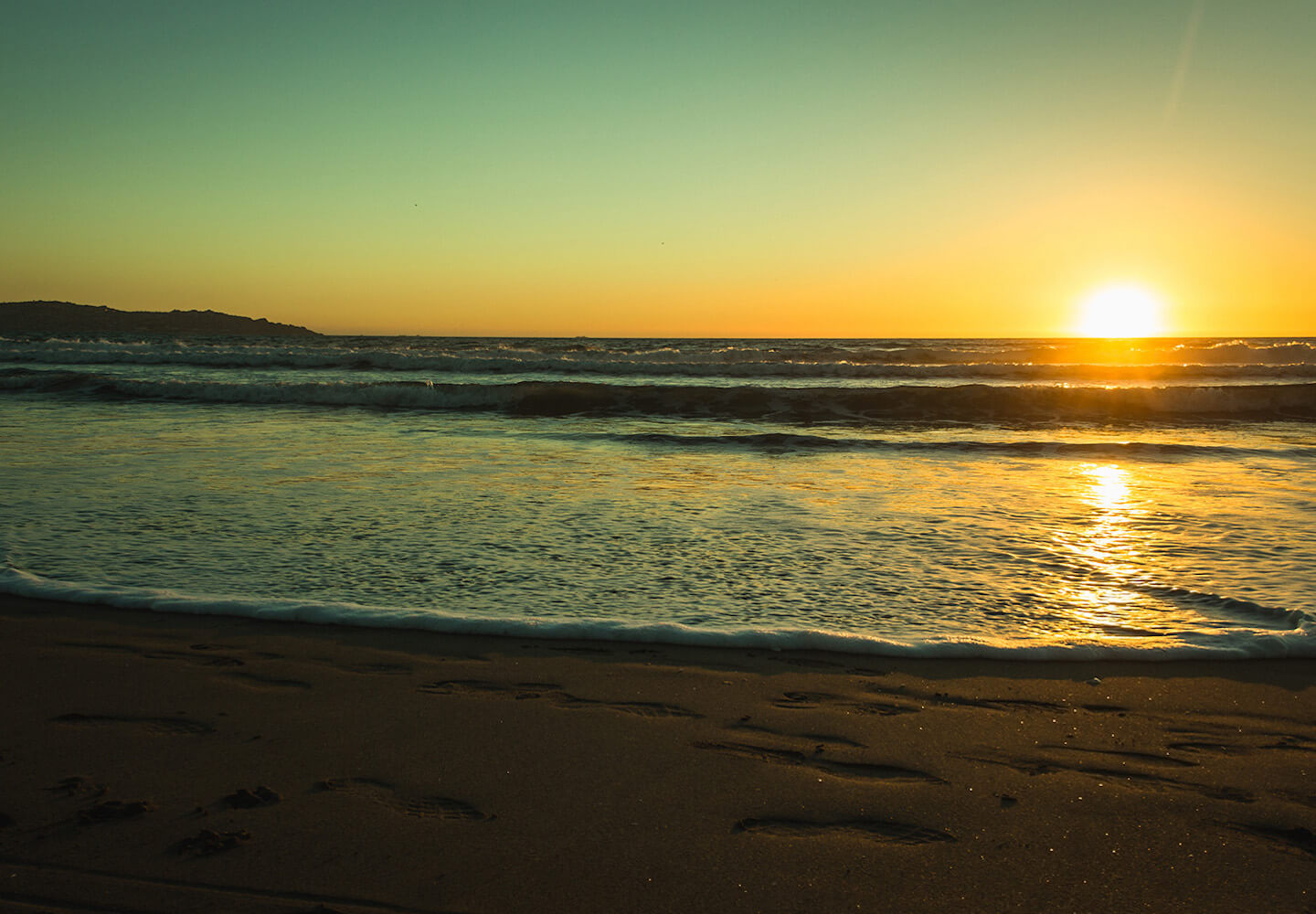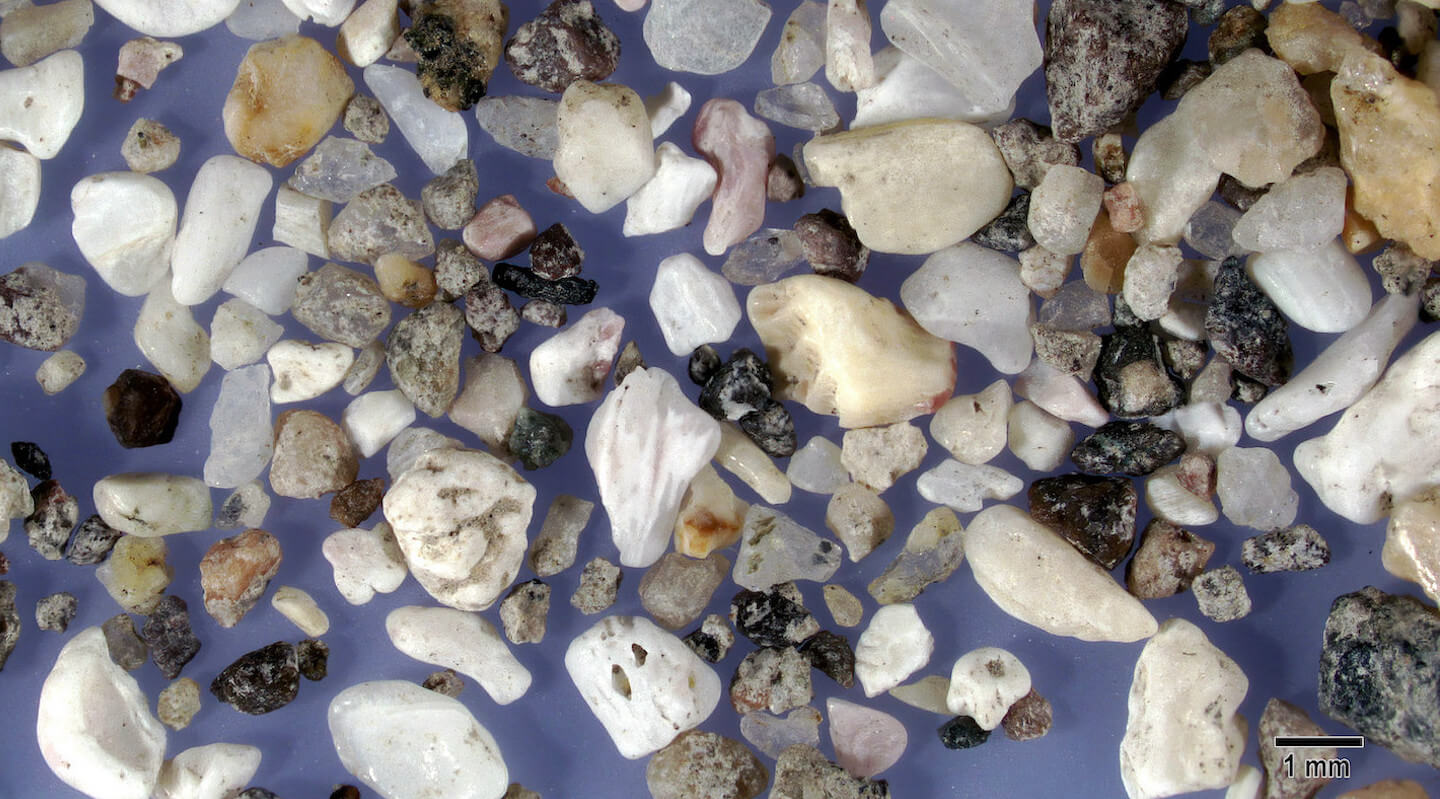
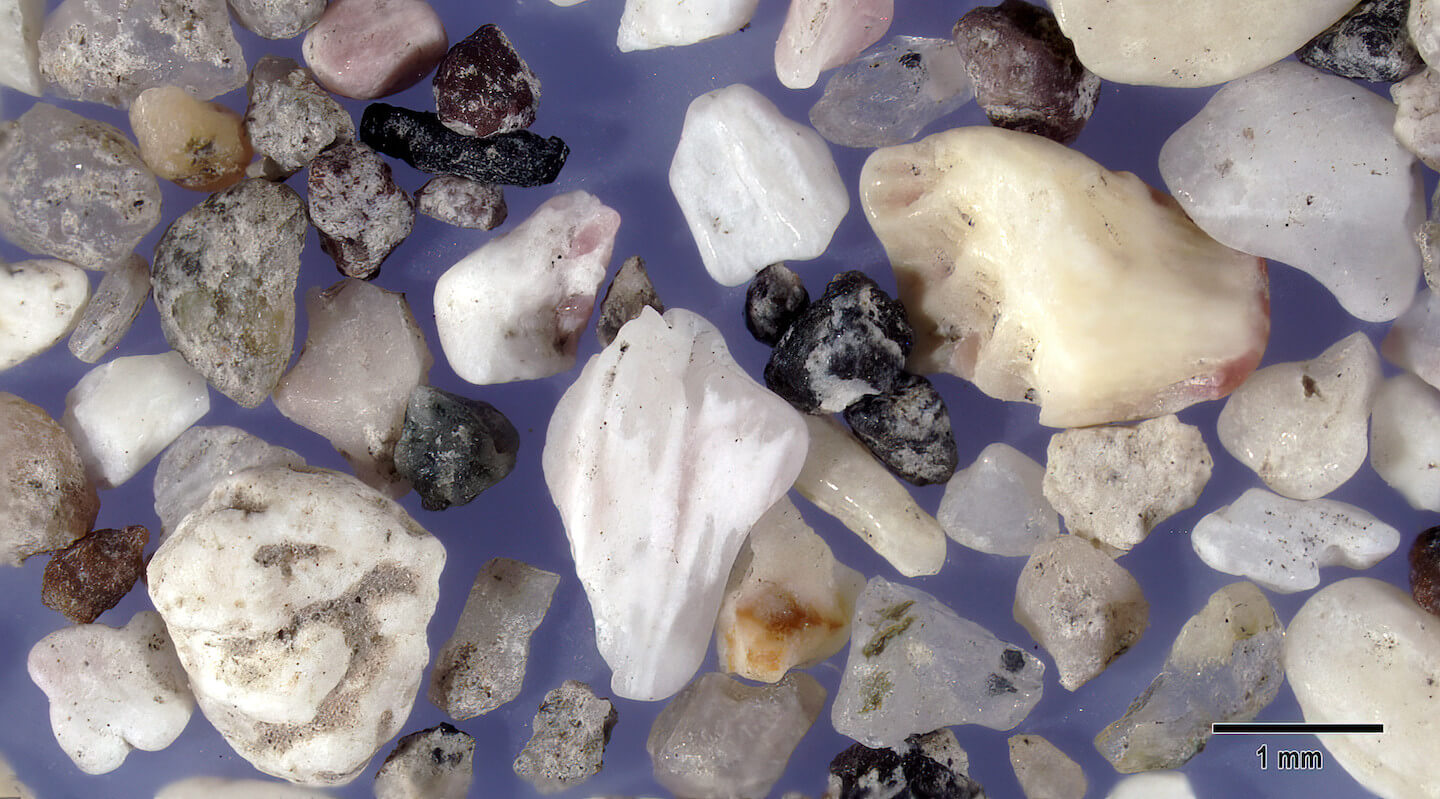
This high and low magnified mixture of white and tan marine shell fragments and gray and black intrusive igneous rock show the terrestrial and marine components of a LaSerena coastal beach. The larger white and tan sand grains represent smoothly worn shell fragments. The large light tan grain with some pink coloration at its right edge located to the immediate right of center is possibly a smoothly worn barnacle fragment. These sand grains have smooth to rounded edges after being worn down by extended periods of wave action.
Geographic Overview
LaSerena is second largest city in Chile, a long and narrow country on Pacific coast with an average of 112 miles wide, lies on a marine terrace overlooking the Bay of Coquimbo. Beaches lie along a long golden shoreline and are a popular tourist destination, especially in January and February. A well-known landmark of LaSerena is the large white and red lighthouse (built between 1950 & 1951); the beach stretches far north and south of the lighthouse.
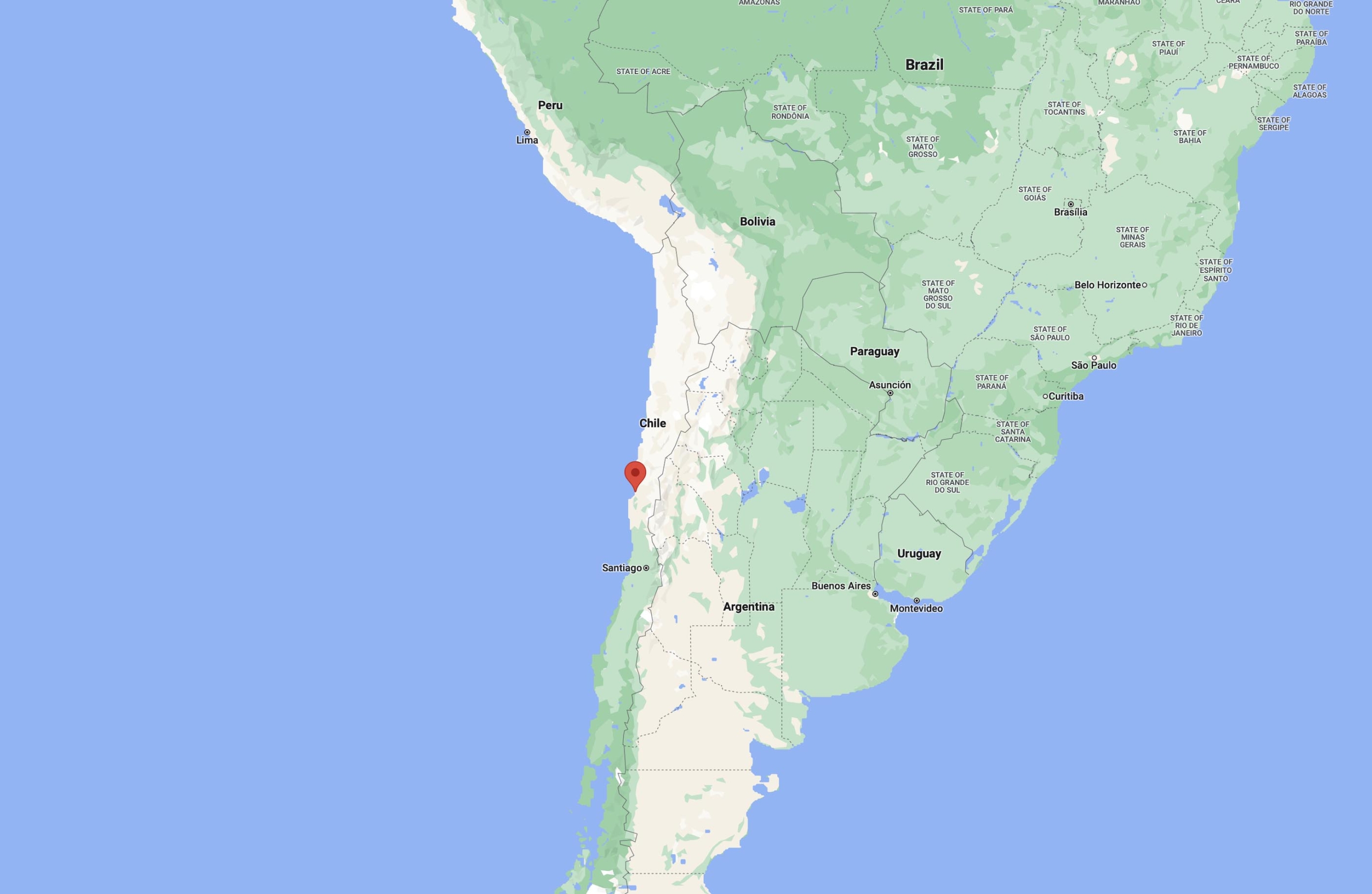
Sand Location
See where this sand sample was collected on Google Maps.
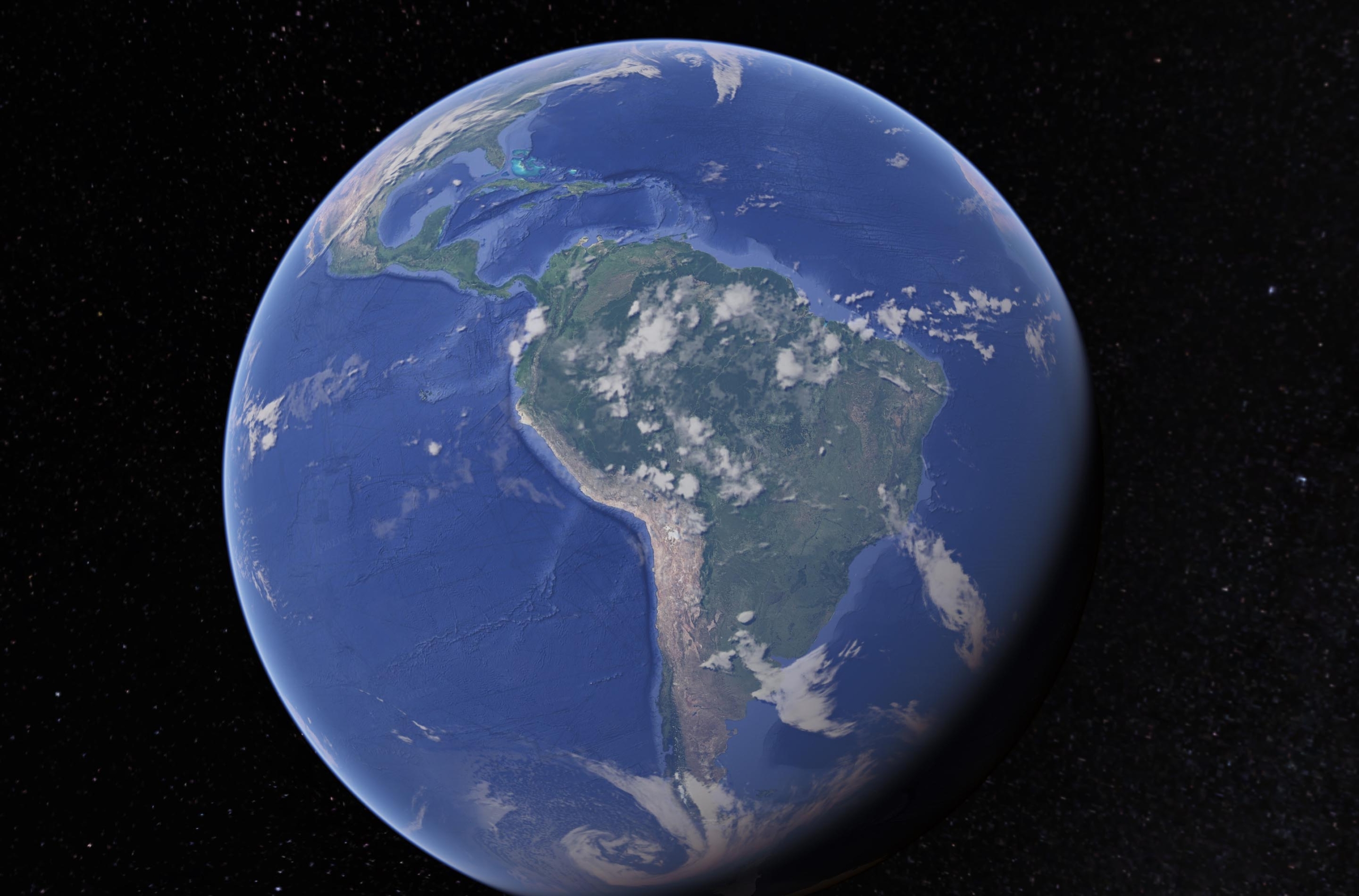
Virtual Sand Tour
Explore an interactive map of LaSerena beach on Google Earth.
Sand Gallery
